News
The 'paradise paradox' — Why is Colorado physically fit, but mentally in a mess?
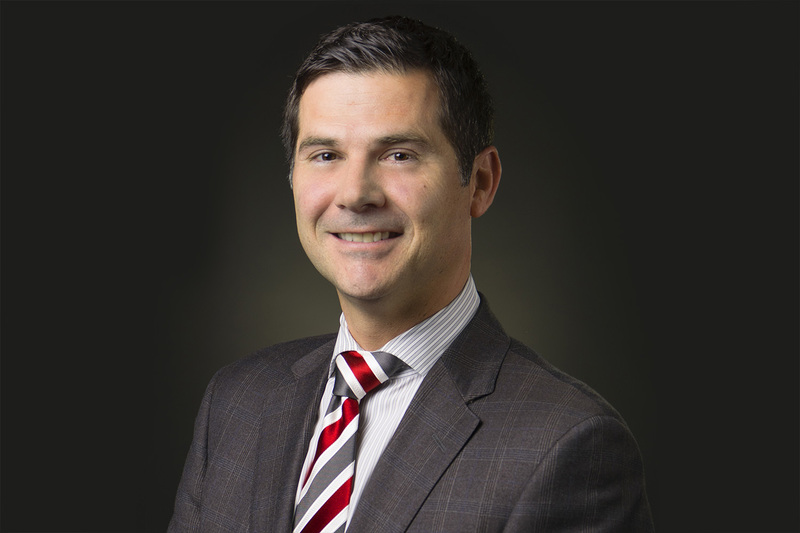
This column was first printed by The Colorado Sun on June 14, 2019. The Colorado Sun is a reader-supported news organization that covers people, places and issues of statewide interest.
When people think of Colorado, they think of the outdoors — an athletic and healthy lifestyle. We have the highest fitness rates in the nation and the second-lowest rate of cardiovascular deaths in the country.
Physically we are in great shape, but when it comes to our behavioral health, Colorado is in the midst of a crisis. We call it the paradise paradox.
An estimated 382,000 Coloradans currently need treatment for mental health issues, but cannot access it. There were 12,998 suicides across Colorado from 2004 to 2017.
These numbers reflect the terrible situation across the nation — suicide rates for young people ages 10 to 19 rose 56% between 2007 to 2016, and the rate does not seem to be going down. Nearly half of the Americans who are suffering from substance abuse disorders have a mental health disorder as well.
We’re beginning to take crucial steps to address this crisis in Colorado. Gov. Jared Polis has already made it a priority to help those who struggle with mental health issues by recruiting diverse members for his behavioral health task force and signing bills HB19-1120 and SB 19-195.
These laws will combat youth suicide and improve youth behavioral health systems. It is clear Gov. Polis is committed to providing hope and support for every family affected by poor standards of psychiatric care.
But this action cannot just be top down. We need community members at every level, across every town in Colorado to step up. In Eagle County, where the suicide rate is even higher than the terrifying state average, we realized that we needed to break out of our silos and work together to save lives.
The Eagle River Valley averages nearly one suicide attempt per day, and last year our community lost 17 people to suicide. In 2018, Eagle County had its highest rate of suicide ever, following a trend we’ve seen across Colorado. Visits to Vail Health’s emergency department for anxiety and depression jumped 360% — from 63 to 290 — between 2013 and 2018.
Too many towns across our state are experiencing this crisis in their own communities. Parents, teachers, counselors, law enforcement, paramedics and countless others are struggling on the frontlines of providing care and relief without the capacity or resources for long-term solutions.
We need to work with health systems and providers in the nonprofit, public and private sector to increase access to care and improve coordination. This is the only way we will have a chance to solve this crisis at the local, state and national level.
In the Vail area, we have half as many mental health providers and counselors as other communities across the state — meaning many of our patients must be transferred for treatment to Denver or Grand Junction, two hours away for care.
This deficit in providers and access to care is especially dangerous for our more vulnerable communities: low-income families, Latinos, women and young people.
To address this gap, we have brought together key community leaders and stakeholders, engaging 53 subject matter experts to select strategies and figure out what kind of an investment it would take to make things better.
As many in Colorado know, this is no small task. Health systems have struggled to address the behavioral health of communities, especially as it requires that we simultaneously break down the stigma surrounding care and develop adequate capacity.
Rather than shy away from this task, we are taking action. After more than a year of meetings, our community asked Vail Health, the community hospital and health system, to be the backbone organization addressing the mental health crisis we’re experiencing.
We formed a 501(c)(3) called Eagle Valley Behavioral Health to manage, fundraise and govern the transformation of behavioral health in our valley.
In April, Vail Health’s board of directors voted unanimously to commit $60 million to the project over 10 years. With our initial investment, we will double our number of counselors, bringing Eagle County up to the state average.
But Colorado ranks 43rd for mental health in the United States, so why stop at average? With additional funds, in 10 years our goal is to be recognized nationally — in the top 10% of communities for excellent behavioral health services.
In Eagle County, our collaborative expertise and resources are our greatest strength. It’s time for all Coloradans to start valuing our behavioral health the same way we value our physical health, and develop solutions that provide relief and life-saving care in towns like ours across Colorado.
Let’s change our record, and strive to be known as the state with the best health care for the whole person.
More News
-
New!
More
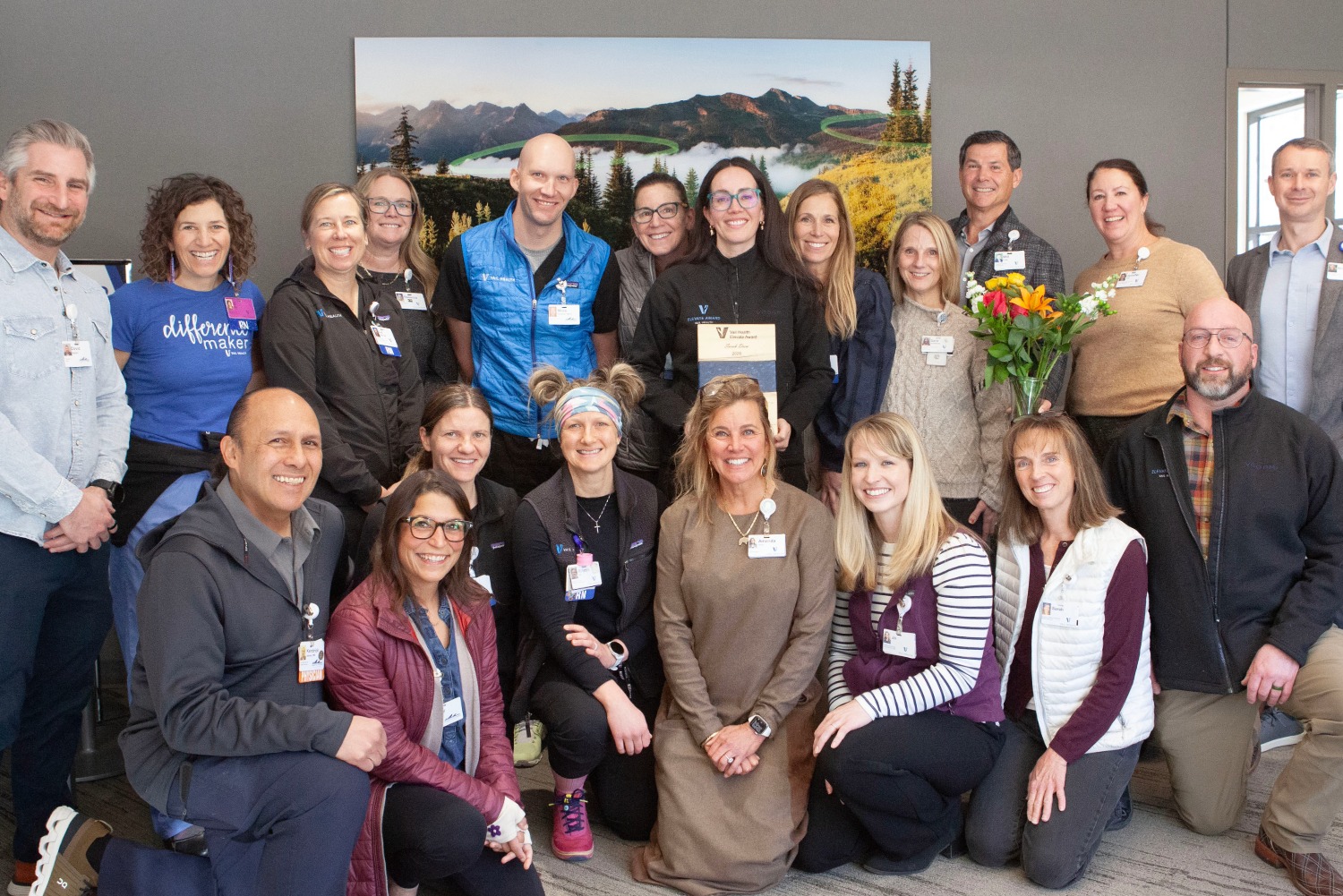
Sarah Drew Honored as Recipient of Vail Health Elevate Award
Sarah Drew, MSN, FNP-C, ENP-C, Senior Director of Emergency and Trauma Services at Vail Health, has been named the recipient of the Vail Health Elevate Award.
-
New!
More
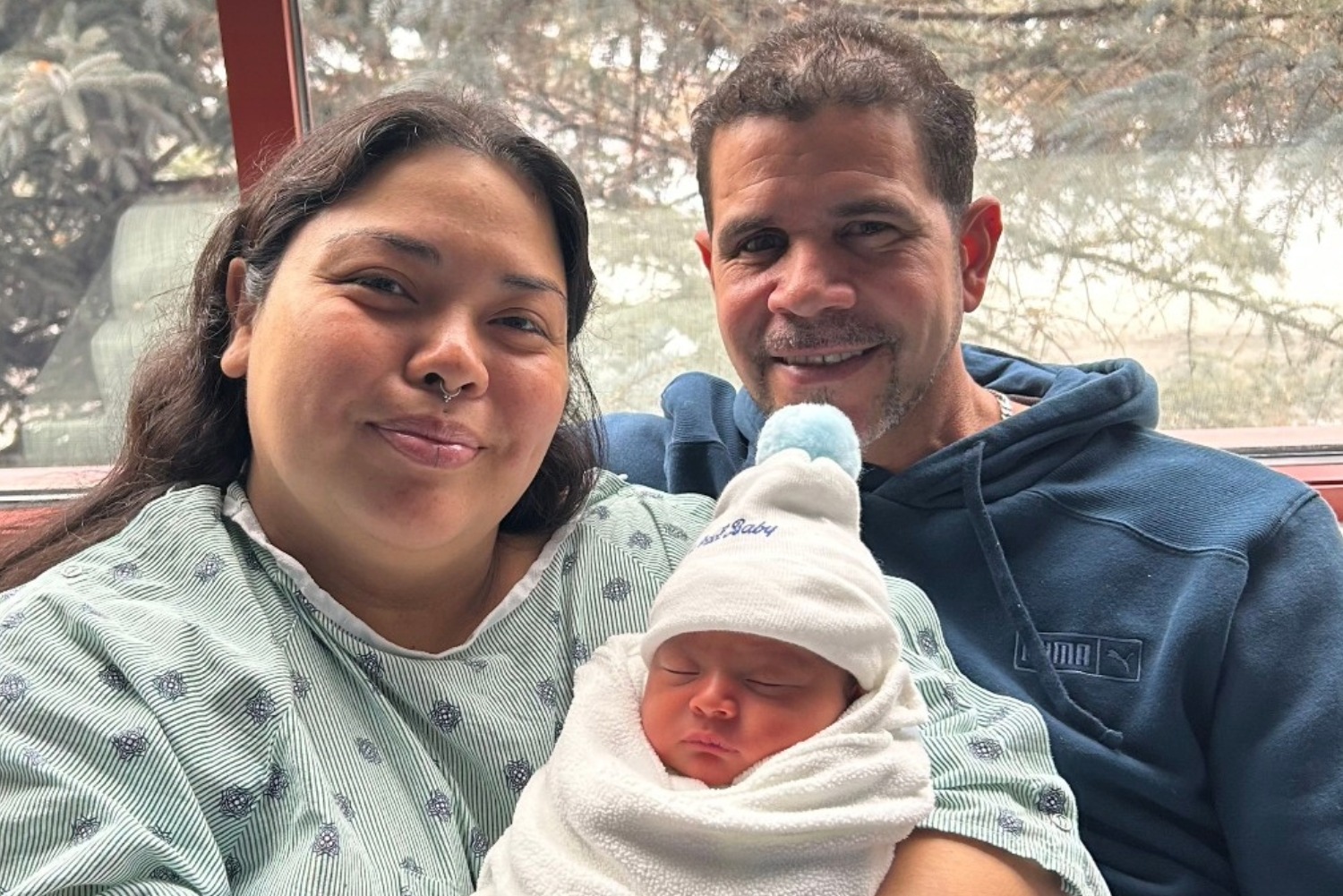
First Baby of 2026
It's a boy! Vail Health Hospital welcomed the first baby born in 2026 on January 5 at 7:48 p.m.
-
New!
More

Screening Secrets: What Every Man Should Know About Prostate Cancer Screening
Prostate cancer is the most common type of non-skin related cancer in men, and it is the second leading cause of cancer-related deaths in men within the United States, behind lung cancer. Fortunately, if caught early, prostate cancer remains highly treatable and curable with minimally invasive procedures.
Related to Behavioral Health
-
More
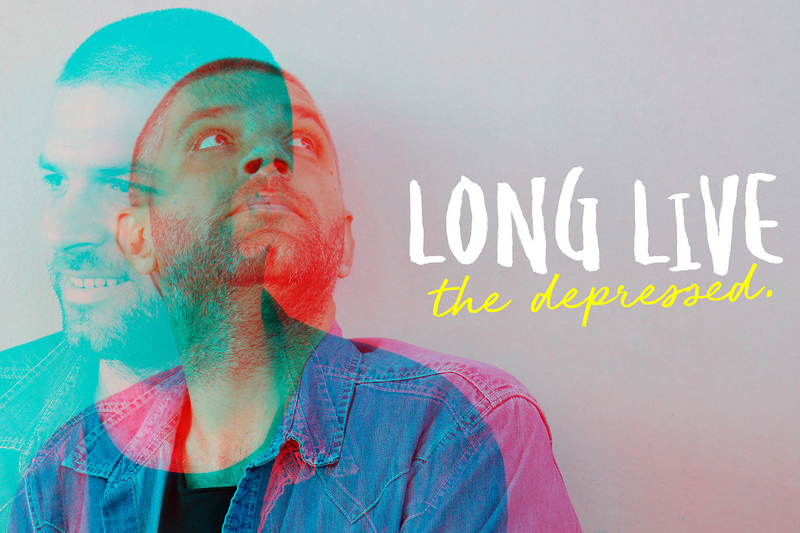
Eagle Valley Behavioral Health launches website and 'LONG LIVE' campaign
This article was published in the Vail Daily by Pam Boyd on October 1, 2019. EAGLE COUNTY...
-
More
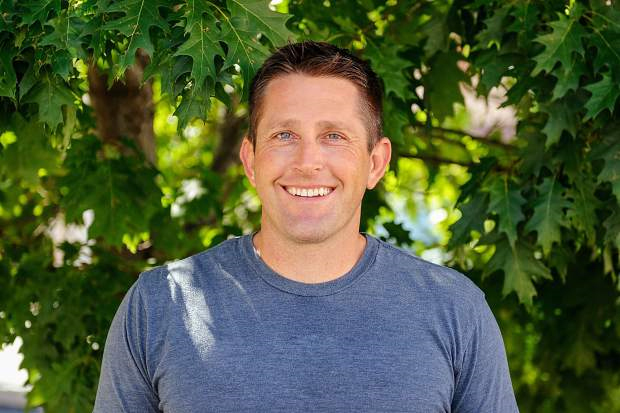
Chris Lindley Named Executive Director of Eagle Valley Behavioral Health
Chris Lindley appointed executive director of Eagle Valley Behavioral Health leaving his position as the director of Eagle County Public Health and Environment.
-
More

Valley Voices Column By Will Cook
Vail Daily, Valley Voices Column - Will Cook | May 2019 While my wife and I had visited the Eagle...
-
More
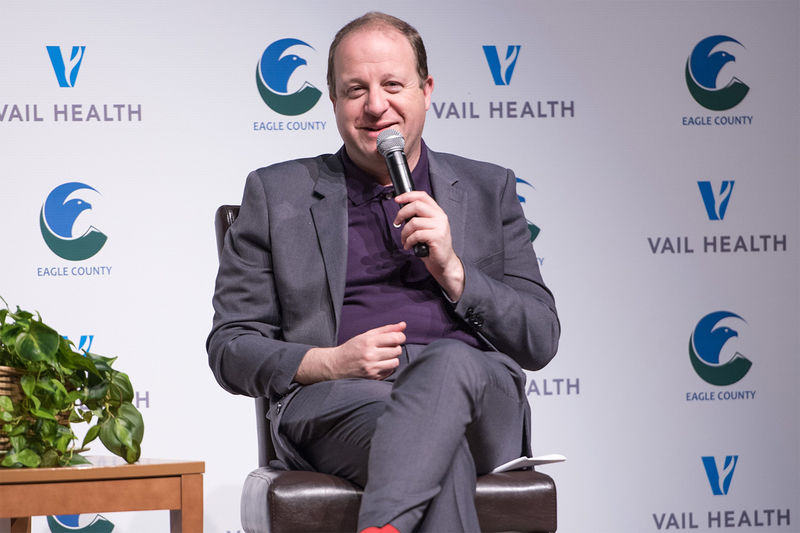
Governor Polis Visits Eagle River Valley to Talk Behavioral Health alongside Vail Health and County Partners
Today, Governor Jared Polis visited Eagle County to learn more about Vail Health’s recently announced $60 million investment in behavioral health care for the valley
-
More
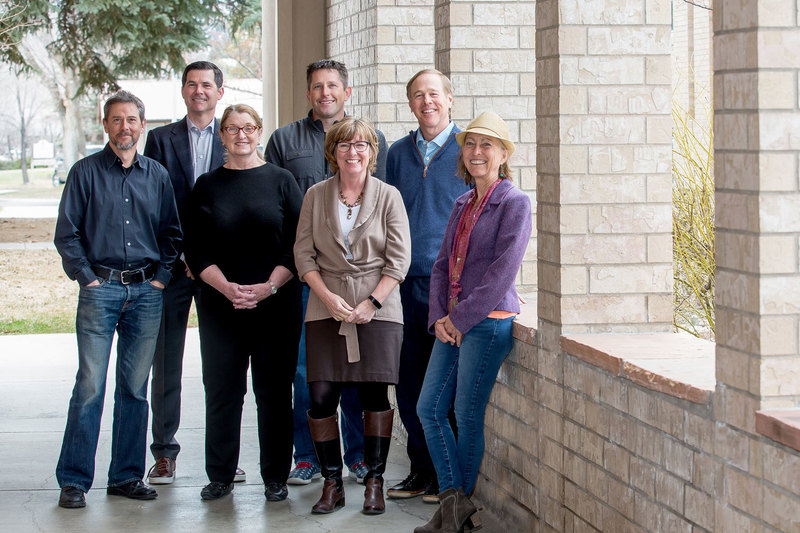
Vail Health Commits $60 Million to Behavioral Health Alongside County Partners
Vail Health has committed to $60 million in funding over the next ten years to transform behavioral health services in the Eagle River Valley. In partnership with Eagle County and other community groups, a new nonprofit collaborative will be created to build needed facilities, improve access to providers and lower barriers to accessing behavioral health care across the valley.





